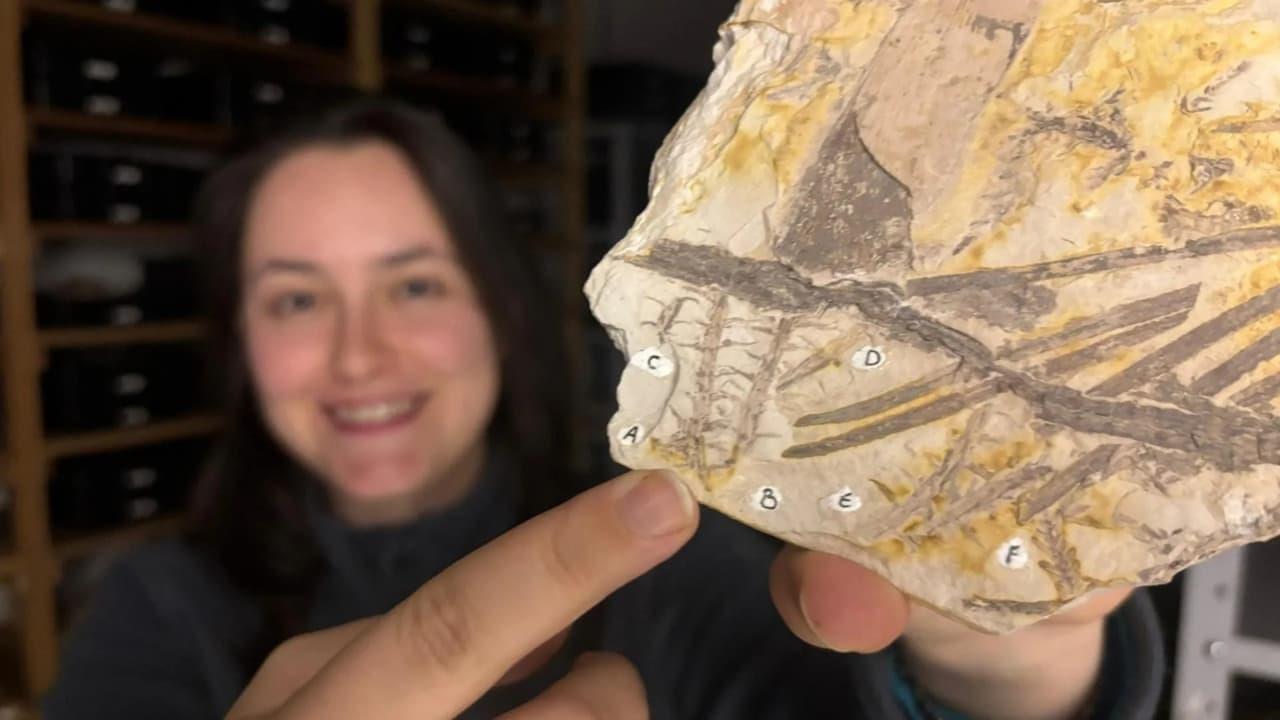Rare 296-Million-Year-Old Fossil Reveals Hidden Spores And Ancient Plant Secrets
Scientists have uncovered something truly extraordinary inside a fossil that predates the dinosaurs. A long-misunderstood plant fossil from Brazil has been reclassified as a new genus, Franscinella riograndensis, revealing rare spores preserved in place-an unprecedented glimpse into ancient plant life.
The fossil, nearly 296 million years old, was originally thought to belong to the genus Lycopodites. But using advanced microscopy techniques, researchers from Univates and partner institutions discovered tiny spores still embedded in the plant's reproductive structures. This in situ preservation links the visible parts of the plant to microfossil records, offering a more complete picture of Permian ecosystems.
A New Look at an Old Fossil
Previously, the fossil had been studied only for its overall shape and stem arrangement. Modern methods like scanning electron microscopy (SEM) and silicone molding allowed scientists to examine the fossil's internal anatomy in detail. They found isotomic branching stems, well-preserved vascular tracheids, and trilete spores with intricate wart-like surfaces-features that justified creating a new genus.
Connecting Micro and Macro Records
The spores resemble the palynological genus Converrucosisporites, commonly found in Permian deposits. By connecting these microfossils with the larger plant structures, scientists can now better understand how ancient vegetation was distributed and evolved in the Paraná Basin. This correlation also strengthens biostratigraphic studies, helping researchers date and compare rock layers across South America.
Why This Discovery Matters
Revisiting classic fossils with modern tools is reshaping paleobotany. Many plants, like lycopsids, were previously lumped under broad genera due to limited data. Franscinella riograndensis highlights how detailed analysis can reveal rare insights into plant evolution, biodiversity, and Permian ecosystems. Globally, it provides a rare record of herbaceous lycopsids in Gondwana.
Legal Disclaimer:
MENAFN provides the
information “as is” without warranty of any kind. We do not accept
any responsibility or liability for the accuracy, content, images,
videos, licenses, completeness, legality, or reliability of the information
contained in this article. If you have any complaints or copyright
issues related to this article, kindly contact the provider above.
Most popular stories
Market Research

- Kintsu Launches Shype On Hyperliquid
- Barunson, Studio Behind Parasite, To Launch Nplug IP Remixing Platform On Story And Bring Flagship IP Onchain
- Moonbirds And Azuki IP Coming To Verse8 As AI-Native Game Platform Integrates With Story
- Leverage Shares Launches First 3X Single-Stock Etps On HOOD, HIMS, UNH And Others
- Alchemy Markets Launches Tradingview Integration For Direct Chart-Based Trading
- Dexari Unveils $1M Cash Prize Trading Competition






















Comments
No comment